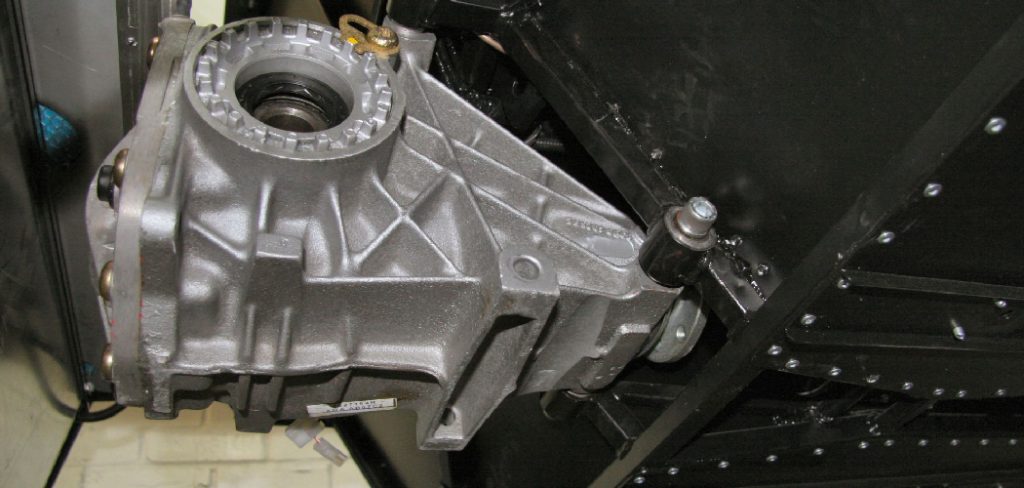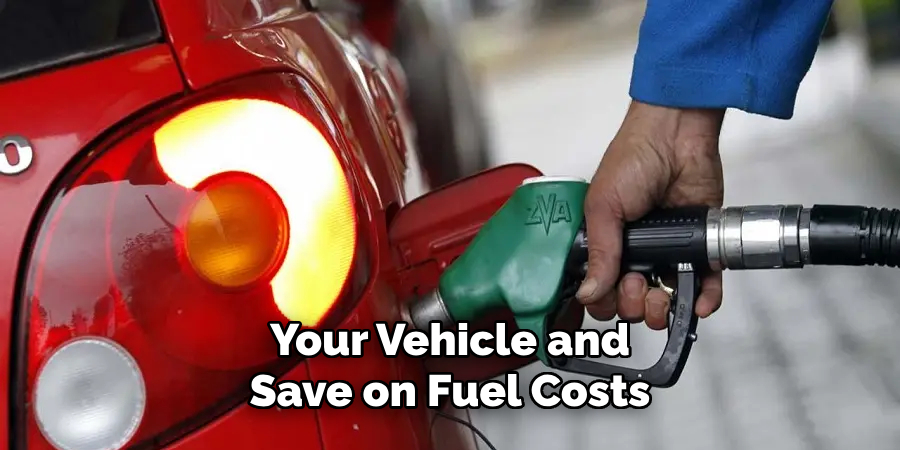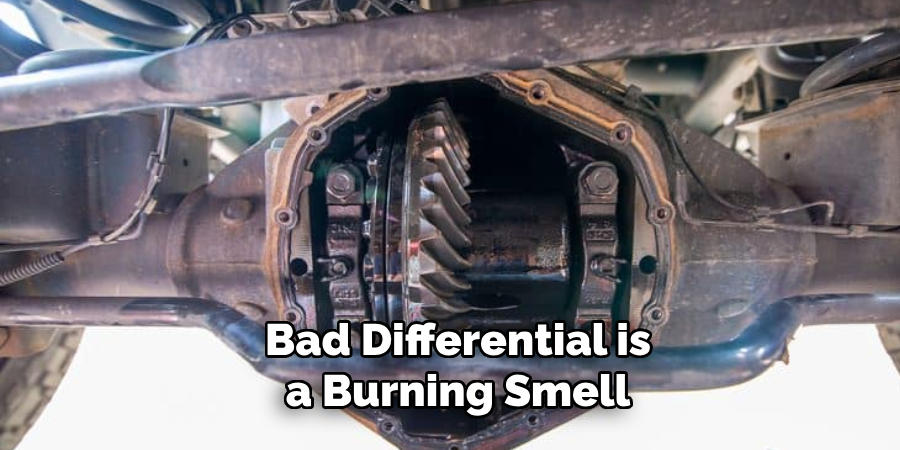Has your car been making some concerning noises coming from the transmission lately? You may have noticed a grind or whine when shifting gears, excessive vibration, difficulty engaging gears, or a burning smell. These could all be signs that your differential is going bad. As car owners, we want to avoid expensive transmission repairs down the road.

Learning how to tell if differential is bad can help you catch problems before they escalate and save you from costly repairs or transmission replacement. In this post, I’ll discuss 7 key signs that your differential may need attention soon. By understanding what to look for, you can determine if a trip to your trusted mechanic is worthwhile to get their expert diagnosis and prevent further damage or expense.
Why is It Important to Tell if Differential is Bad?
1 . To Prevent Further Damage
An early detection of a bad differential can save you from the extra costs of repairing or replacing damaged parts. A poorly functioning differential can also lead to further damage to other components in your vehicle, which will only end up costing you more money.
2 . To Ensure Safe Driving
A malfunctioning differential greatly impairs the handling and control of your vehicle. This can lead to unsafe driving conditions and increase the risk of accidents. It is important to identify a bad differential as soon as possible to ensure safe driving.
3 . To Maintain Efficiency

A bad differential can also cause your vehicle to consume more fuel than necessary. This not only increases your expenses but also harms the environment. By identifying a bad differential early on, you can maintain the efficiency of your vehicle and save on fuel costs.
4 . To Prolong the Lifespan of Your Vehicle
Regularly checking for a bad differential and addressing any issues promptly can prolong the lifespan of your vehicle. Ignoring a bad differential can lead to bigger problems that may eventually render your vehicle unusable. By catching and fixing a bad differential early on, you can extend the lifespan of your vehicle and save money in the long run.
12 Ways of How to Tell if Differential is Bad
1 . Visible Leaks
A differential that is in good working condition should not leak any fluid. Therefore, if you notice any visible leaks around the differential housing or any of its components, it could be a sign of a bad differential. Check for puddles or spots of oil on the ground where you usually park your vehicle.
2 . Strange Sounds
A bad differential often produces strange sounds that can be used as a warning sign. If you hear any whining, buzzing, or clunking noises coming from your differential while driving, it might signify internal damage. These noises are often heard when the vehicle is in motion and can also be accompanied by vibrations.
3 . Burning Smell

Another indicator of a bad differential is a burning smell. This smell usually occurs when the differential fluid is overheating, and it could be caused by a lack of lubrication or friction between the components. In most cases, this issue can be resolved by changing the differential fluid, but if the problem persists, it could be a sign of more significant damage.
4 . Vehicle Handling Issues
A bad differential can also affect the handling of your vehicle. If you notice that your car is pulling to one side, or if you experience difficulties while turning or maintaining a straight line, it could be due to a faulty differential. This is because a damaged differential can cause uneven power distribution to the wheels, resulting in poor handling.
5 . Unusual Vibrations
Vibrations felt through the steering wheel or floorboards can also be a sign of a bad differential. This is typically caused by worn-out bearings or gears, which can lead to excessive movement and vibrations in the differential.
6 . Difficulty Shifting Gears

If you are having trouble shifting between gears, it could be due to a damaged differential. A faulty differential can cause problems with gear engagement and synchronization, making it difficult to shift smoothly.
7 . Metal Shavings in Differential Fluid
When checking your differential fluid, look out for any metal shavings or debris. These can be a clear indication of internal damage to the differential’s gears or bearings. If you see any metal particles, it is essential to have your differential inspected by a professional mechanic.
8 . Low Fluid Levels
As mentioned earlier, a bad differential can cause leaks, resulting in low fluid levels. If you check your differential fluid and notice that it is low or has completely drained, it could be a sign of a damaged differential.
9 . Uneven Tire Wear
A faulty differential can also cause uneven tire wear. This is because a damaged differential can cause one wheel to rotate at a different speed than the other, resulting in uneven wear patterns on your tires. If you notice this issue, it is crucial to have your differential checked as soon as possible.
10 . Dashboard Warning Lights
In modern vehicles, the onboard computer system will often detect issues with the differential and trigger the check engine light or other dashboard warning lights. If you see any of these lights illuminated, it is best to have your vehicle inspected by a mechanic to determine the cause.
11 . Difficulty Towing
If you regularly use your vehicle for towing or hauling heavy loads, a bad differential can make it challenging to do so. A damaged differential may struggle to handle the extra strain and can lead to further damage if not addressed promptly.
12 . Age and Mileage
Lastly, the age and mileage of your vehicle can also be an indicator of potential differential issues. Over time, wear and tear on the internal components of the differential can occur, leading to malfunctions. If your vehicle has high mileage or is older, it is essential to have your differential inspected regularly to catch any potential issues before they become severe.
It is crucial to pay attention to these warning signs and address them promptly to avoid further damage and costly repairs. Regular maintenance and inspections can also help prevent differential problems from occurring in the first place. If you notice any of these signs, it is best to consult a professional mechanic for an accurate diagnosis and proper repair.
Frequently Asked Questions
What Precautions Can You Take to Extend the Life of Your Car’s Differential?

As a vital part of your vehicle’s drivetrain, the differential is responsible for transferring power from the engine to the wheels. Over time, it may experience wear and tear due to high mileage, rough road conditions, or lack of proper maintenance. It is important to recognize signs that indicate your differential may be going bad.
Here are some precautions you can take to extend the life of your car’s differential: Regularly inspect and change the fluid: The fluid in the differential acts as a lubricant, preventing metal-to-metal contact between the moving parts. It also helps to cool down the gears, prolonging their lifespan.
It is recommended to have your differential fluid checked and changed according to your vehicle manufacturer’s guidelines. Generally, it should be changed every 30,000-50,000 miles. Use the right type of fluid: Not all differential fluids are created equal. Different types of differentials require specific types of oil with varying viscosity and additives to function optimally.
Can I Drive My Car if the Differential is Bad?
It is not recommended to drive your car with a bad differential. A faulty or worn-out differential can cause serious mechanical issues, leading to costly repairs and potentially unsafe driving conditions.
It is best to have it checked by a professional mechanic and replaced if necessary. Driving with a bad differential may compromise the functionality of your vehicle’s drivetrain, affecting the overall performance and handling.
How to Tell if Differential is Bad
Here are some common signs that may indicate a bad differential:
- Whining or Howling Noise Coming From the Rear of Your Vehicle: This can be caused by worn-out bearings and gears inside the differential.
- Difficulty Turning or Steering: A failing differential can cause jerking, clicking, or clunking noises when turning, as well as a feeling of resistance or difficulty while steering.
- Leaking Fluid: If you notice fluid leaking from your car’s rear differential, it could be a sign of damage or wear and tear.
Conclusion
Now you have the answer to “how to tell if the differential is bad” and you know what signs to look for. If you feel that there is a problem with your differential or that it may be failing, don’t hesitate to get it checked by a professional mechanic. Ignoring the signs of a bad differential can lead to further damage and costly repairs in the future.
It’s always important to pay attention to any strange noises or vibrations coming from your vehicle and to address them promptly. Regular maintenance and inspections can also help prevent any major issues with your differential.

About
JeepFixes Team is a skilled author for Jeep Fixes, bringing 6 years of expertise in crafting a wide range of jeep fixes. With a strong background in jeep fixes work, JeepFixes Team’s knowledge spans various types of fixtures, from decorative pieces to functional hardware, blending precision with creativity. His passion for jeep fixes and design has made him a trusted resource in the industry.
Professional Focus:
Expert in Jeep Fixes : JeepFixes Team aesthetic specializes in creating durable and innovative jeep fixes, offering both appeal and functionality. His work reflects a deep understanding of jeep fixes techniques and materials.
Sustainability Advocate : He is dedicated to using sustainable practices, ensuring that every fixture is crafted with eco-friendly methods while maintaining high-quality standards.
In his writing for jeep fixes, JeepFixes Team provides valuable insights into the latest trends, techniques, and practical advice for those passionate about jeep fixes, whether they are professionals or DIY enthusiasts. His focus on combining artistry with engineering helps others discover the true potential of jeep in design.
